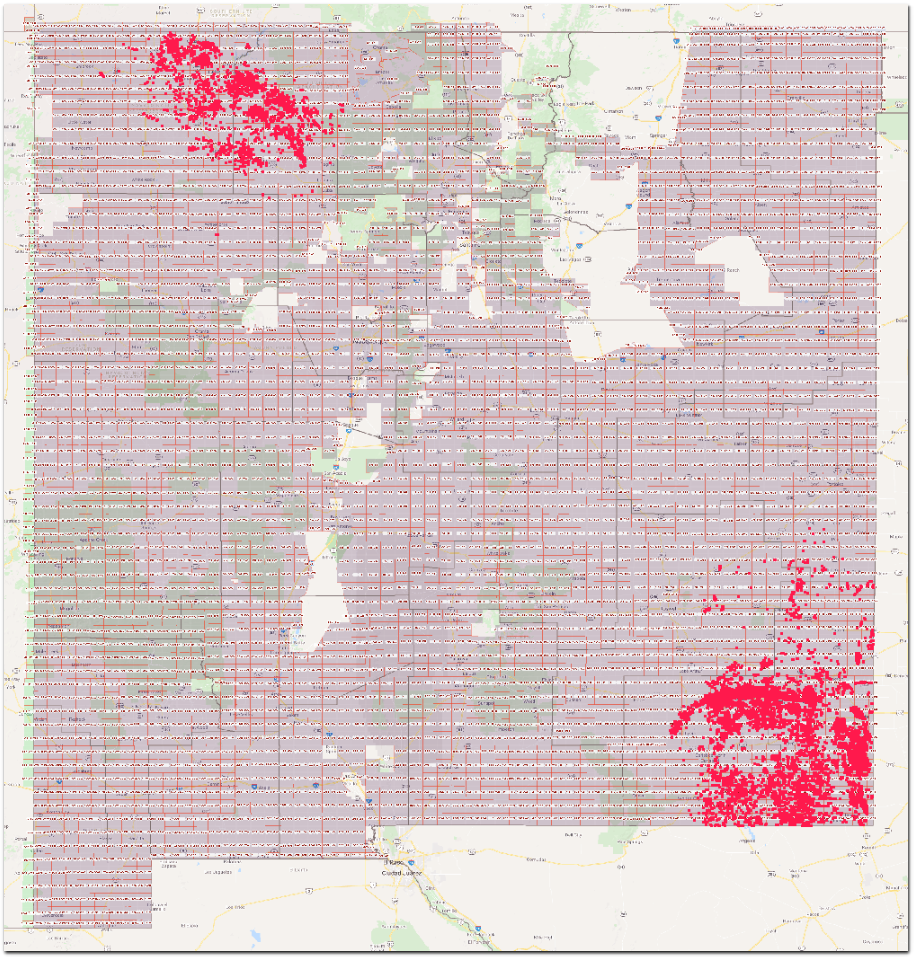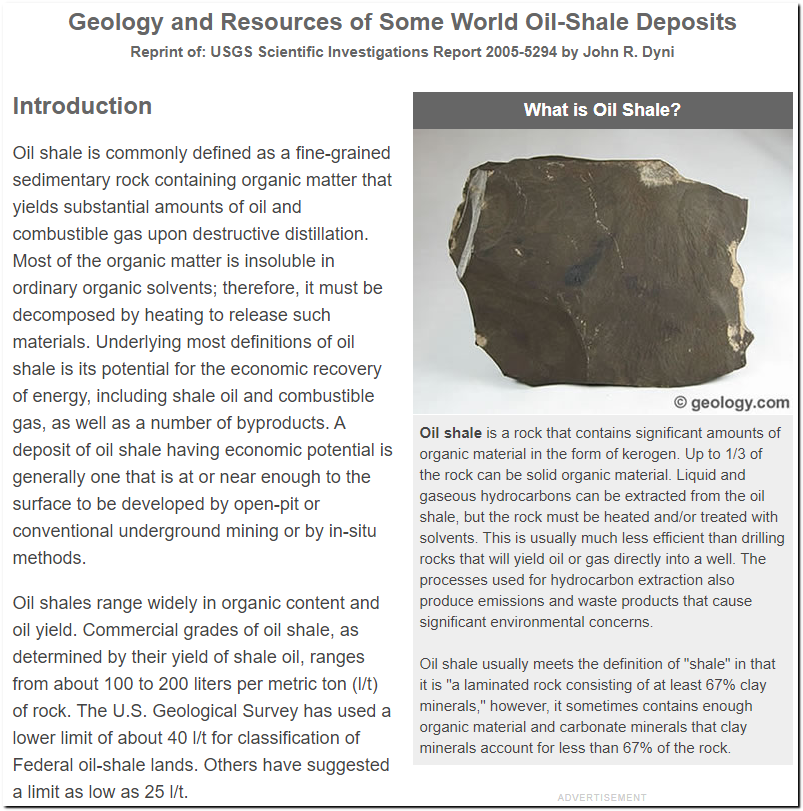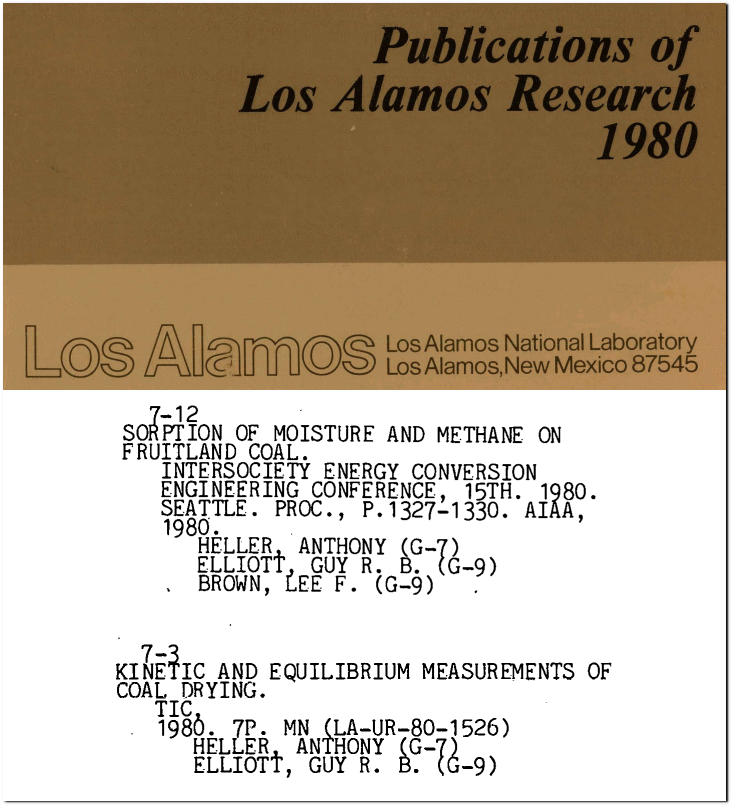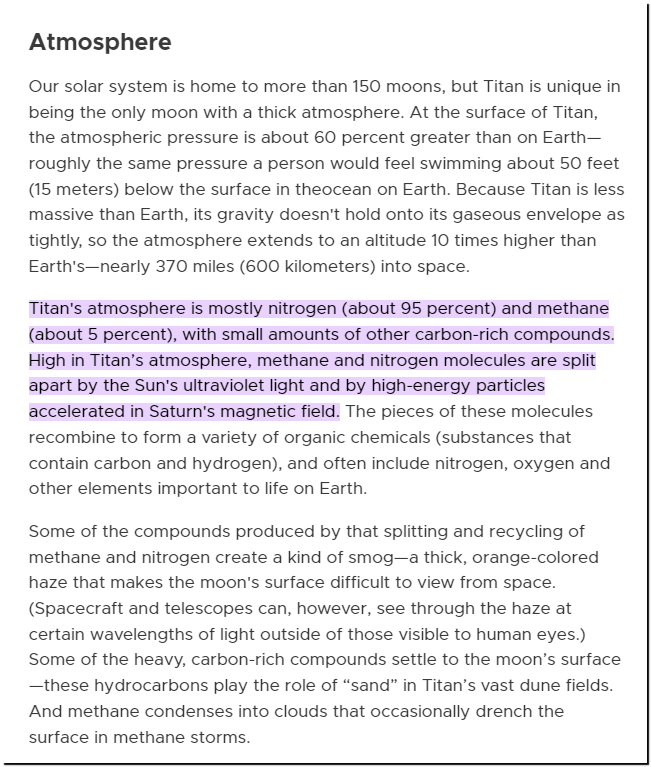A number of climate skeptics have been promoting the idea that oil deposits are formed from non-biological processes deep inside the earth, and that supply is unlimited. That claim is not credible.
This map shows all oil wells operating in New Mexico, January 2022.

Most of the wells are located in the Permian Basin in southeastern corner of the state.
“During the middle part of the Permian Period a reef developed along the margin of the Delaware Sea. This was the Capitan Reef, now recognized as one of the most well-preserved fossil reefs in the world. For several million years the Capitan Reef expanded and thrived along the rim of the Delaware Basin until events altered the environment critical to its growth approximately 260 million years ago. The outlet connecting the Permian Basin to the ocean became restricted and the Delaware Sea began to evaporate faster than it could be replenished. Minerals began to precipitate out of the vanishing waters and drift to the sea floor, forming thin, alternating bands of mineral salts and mud. Gradually, over hundreds of thousands of years these thin bands completely filled the basin and covered the reef.”

The oil formed in a coral reef, teeming with life.

Geologic Formations – Guadalupe Mountains National Park (U.S. National Park Service)
This is one of the top producing wells in New Mexico. Production has sharply declined over the last ten years, which is fairly typical.



The largest reserves of oil are in oil shale, which are derived from living things.
“In general, the precursors of the organic matter in oil shale and coal also differ. Much of the organic matter in oil shale is of algal origin, but may also include remains of vascular land plants that more commonly compose much of the organic matter in coal. The origin of some of the organic matter in oil shale is obscure because of the lack of recognizable biologic structures that would help identify the precursor organisms. Such materials may be of bacterial origin or the product of bacterial degradation of algae or other organic matter.”

Oil Shale Deposits | Maps, Geology & Resources
Living things contain lots of oil.


In 1980, I was working on oil shale development at Los Alamos as well as coal and natural gas.

https://www.osti.gov/servlets/purl/5152752
I was also working on abiogenic methane, which is real.


